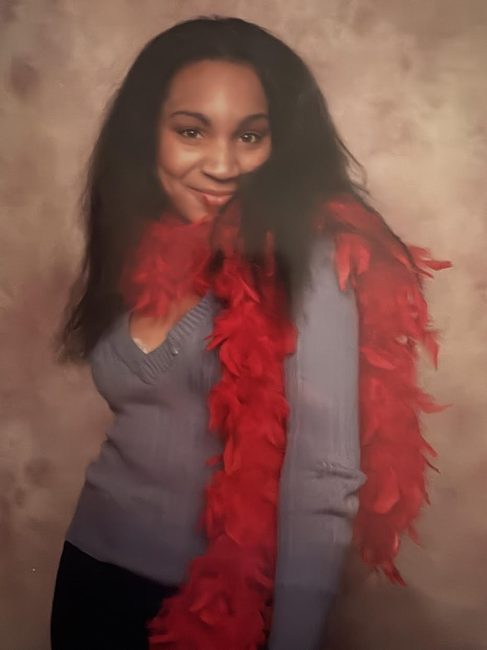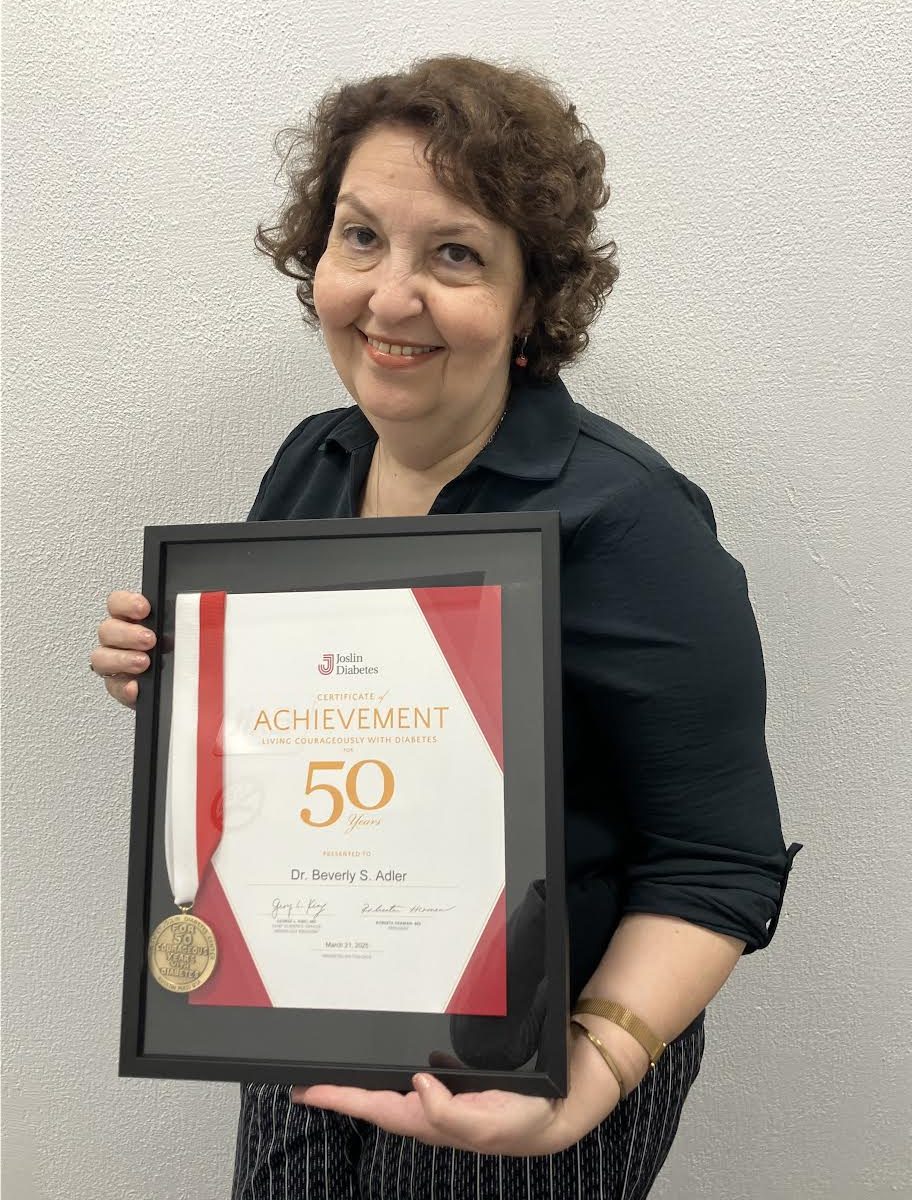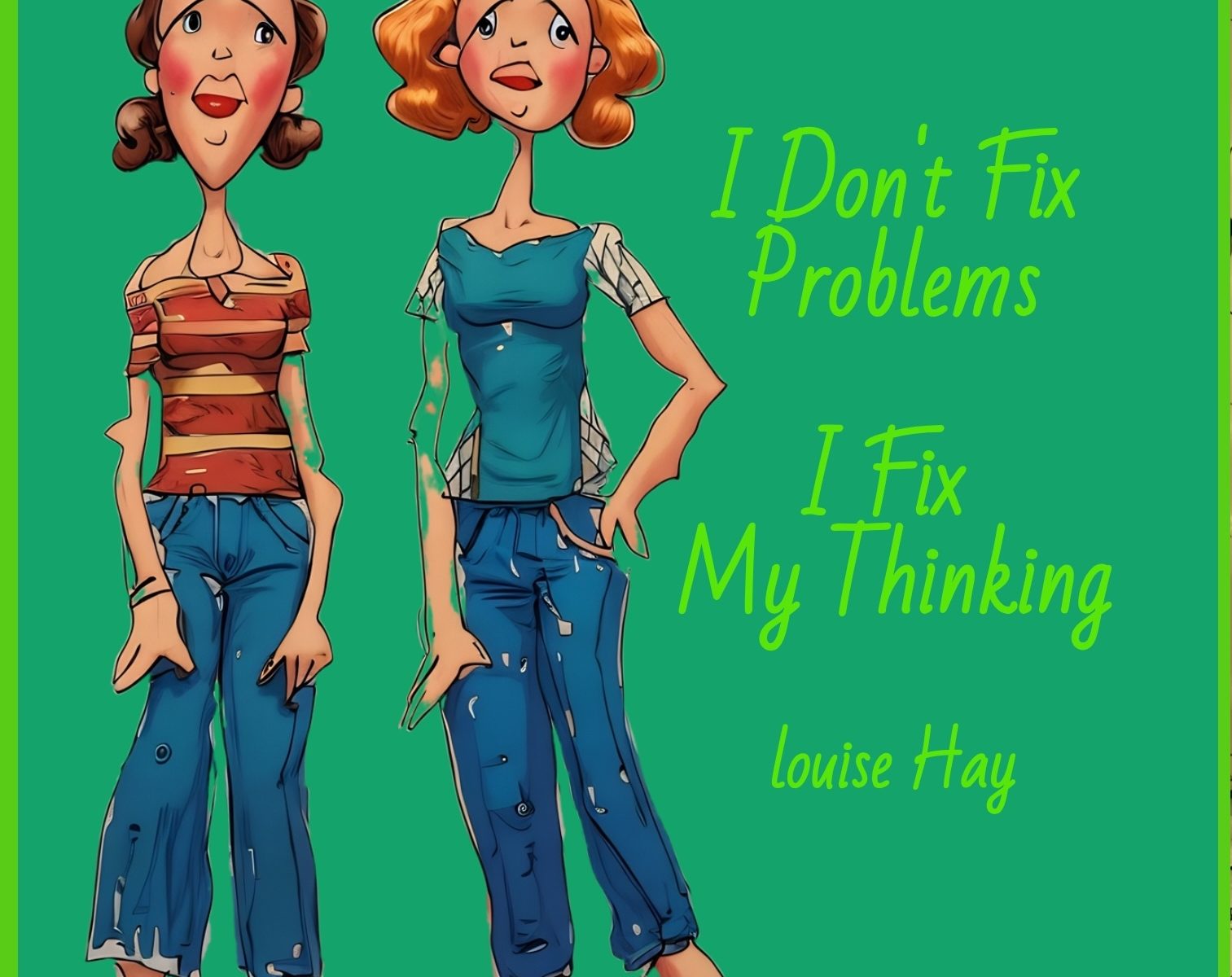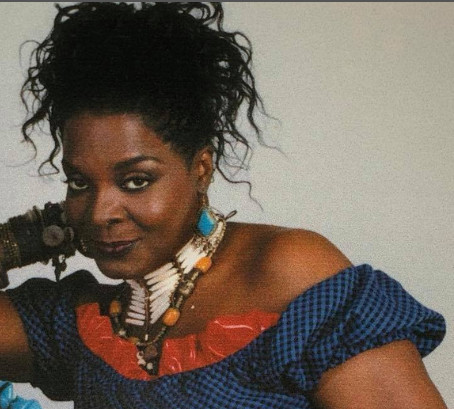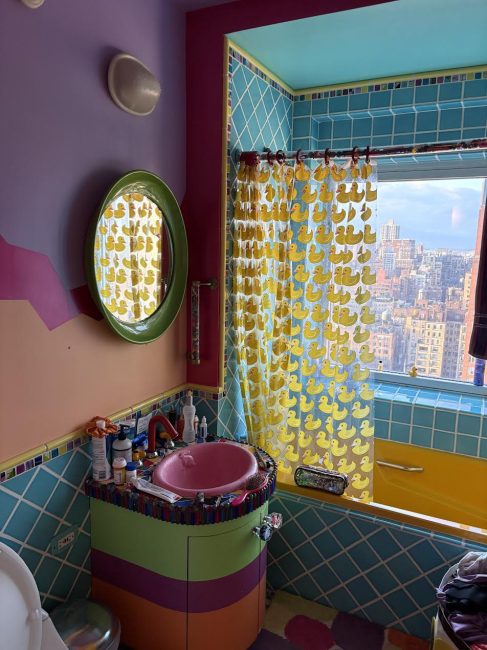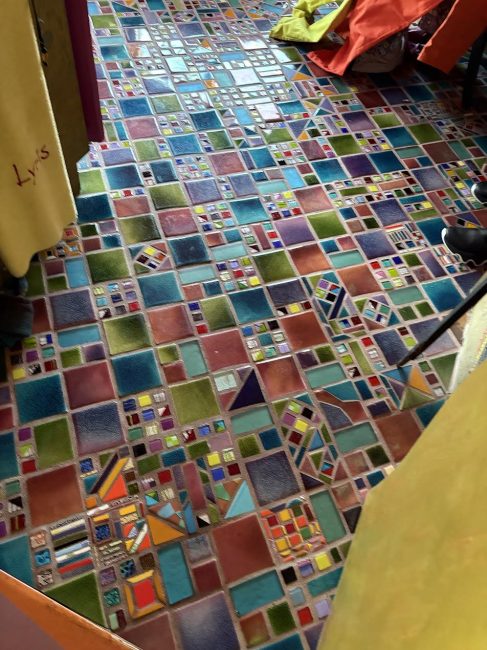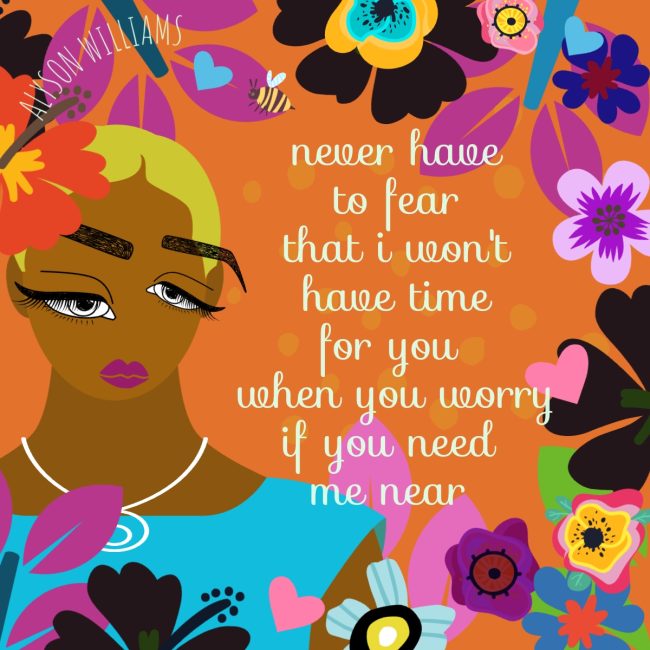The first pilot program of Divabetic’s “Makeover Your Diabetes” at the Fox Theatre in Atlanta, GA, was a disaster—until the last thirty minutes!
A month or two before, I had somehow miraculously managed to convince BioSector 2, Novo Nordisk’s healthcare communications agency, to take a chance on my bold, flashy, and glamorous approach to diabetes outreach. My idea involved combining free makeover services with one-on-one diabetes education focused primarily on women. (I had once presented a much smaller version of this idea in New York City.)
Now, there I was in Atlanta, with my newly created national team, which included diabetes educators, a plus-size image consultant, and a celebrity makeup artist, providing free outreach at the Fox Theatre. We stepped in as a last-minute replacement for Novo Nordisk’s calendar. However, two hours into our program, my ambitious dreams of touring cities and venues where my boss, Luther Vandross, had performed—helping to educate and empower Luther’s fans on preventing diabetes-related health complications—were sinking faster than a lead balloon. I was sweating bullets as I hosted this expensive diabetes outreach event for women in a grand ballroom, looking out at a crowd of fewer than a hundred attendees. Talk about a nightmare! I had underestimated the sheer logistics needed to travel, market, and activate any semblance of a diabetes community in Atlanta, a place where no one had ever heard of “Divabetic” before. I mistakenly assumed that if we built it, they would come. Unfortunately, that was not the case.
So, how did I manage to flip the script in those crucial last thirty minutes and transform our Atlanta flop into a surge of interest that made it the first stop on our national diabetes outreach tour? I did what I often did backstage at the DLife TV tapings and our Divabetic support meetings at the YMCA: I started talking to women about their diabetes. I took to the stage, grabbed the microphone, and began giving away gorgeous gift baskets to women who bravely shared their personal stories of living with type 1, type 2, and LADA diabetes. Ironically, our original “Makeover Your Diabetes” plan hadn’t even included a stage show or my role as the fabulous MC extraordinaire. It wasn’t even on my radar! If you ever attended any of the subsequent programs I hosted, which featured elaborate performances without interruptions, you might find this hard to believe.
Back then, in Atlanta, my role was serving as the Production Director for the event. Our education—encompassing five educational stages (diabetes A, B, C, fitness, nutrition, goal setting, and image)—formed what we called the infamous Makeover Maze, surrounded by a ring of complimentary makeover services (makeup and chair massage). A week before the event, I enlisted my parents to host a Divabetic merchandise table. I also recruited my friend, photographer Winston Kerr (who had worked with me on Luther Vandross tours), to set up a “Pass The Boa” Diva Photo Booth and my Gotham’s Writers Workshop friend, Toni Gadsden. These last-minute ideas truly made the program shine.
Now, back to those final thirty minutes of an underperforming attempt at diabetes outreach diva-style. Out of the corner of my eye, I spotted a row of beautiful, untouched gift baskets sitting behind our Divabetic merchandise table. Not wanting to disappoint the vendor who donated them, I had to act fast to give them away before the event ended. I figured the best way to accomplish that was to give them away on stage. The catch? To receive a basket, you had to come up on stage and share your experience of living with diabetes with me in front of the audience. Dressed in my trusty Divabetic t-shirt and jeans (since I hadn’t designed a fruit suit yet), I hopped on stage with a basket in hand and asked, “Who wants to win a gorgeous gift basket?”
My offer proved too tempting, and slowly but surely, women began to line up to join me on stage. One woman candidly shared how she woke up one day, shocked to discover she was twenty years older and twenty pounds heavier. She realized that if she wanted to see the next twenty years, it was time to tackle her diabetes head-on.
After giving away the last basket and waving goodbye to our new impromptu stars, I returned backstage to assist my team with the load-out. I didn’t think much about my on-stage antics; it felt like just another typical Divabetic gig where sharing testimonials came as naturally as breathing. However, Novo Nordisk’s representative, Susan J., had a different perspective. She told me those poignant testimonies were powerful and enlightening—like a TED Talk but with more pizzazz. Captivated, and even with the low turnout, she was ready for round two. Against her better judgment, she approved our next Divabetic pilot program scheduled for Philadelphia, PA. But there were three conditions: I had to don my stage persona and coax women into sharing their stories again, and I needed to compensate my parents and Winston, who turned out to be the unsung heroes of the evening.
I was over the moon! But hold your applause—now, my team and I had less than a month to rally over a hundred women at risk, living with, or affected by diabetes, in Philadelphia, PA. Plus, I had to put together a stage show. Was that even possible?








